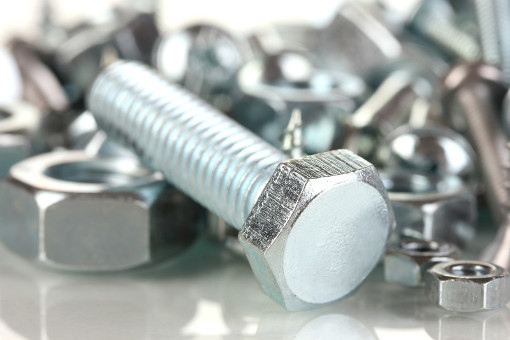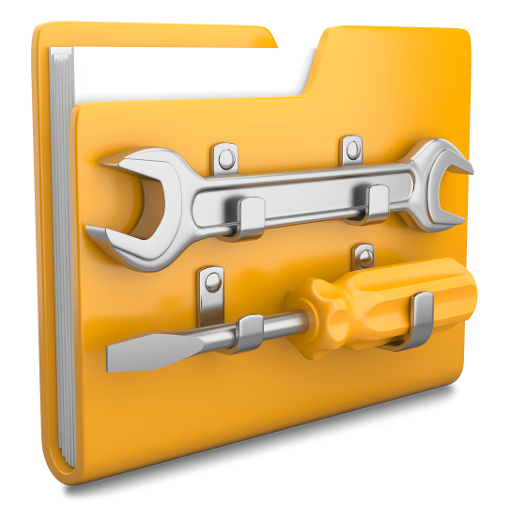Airports, FOD Operations, Manufacturing, Training
Basic Tools, Parts Control, & Aviation Tool Control Programs
A Place For Everything, And Everything In Its Place
Basic tools and parts control procedures are critical for the FOD environment. Working in aviation is similar to working in a hospital. Your operating room is the hangar floor or the airfield-parking ramp. Before you begin work, you undergo similar preparation to a surgical team because you’re doing the same kind of things to a machine that a surgeon does to a human body.
Suggested Resources
Check out our articles on how to prevent FOD at your airport or how to set up a FOD Program at your airline for more great ideas.
Basic Tools and Parts Control Established Procedures
All work procedures on aircraft must be standardized. This means everyone doing a specific task will do it the same way, every time.
At top levels of the US Air Force guidance of a general nature is given: “You must control your tools, parts and equipment.” This is coupled with the manufacturer’s guidance for the aircraft or aircraft system involved: “If you are working on our product, you will do these things….” Localized procedures are added to ensure that individual processes involving tool control methods are addressed for that particular installation: “We at Location X will adhere to the following specific guidelines when handling tools and equipment….”
 Corporations are no different. Top-down leadership directs aircraft maintenance tool control all the way to the technician. These include procedures for security, control and accountability of all tools, parts and equipment — even to include expendable items such as rags, caps and safety wire.
Corporations are no different. Top-down leadership directs aircraft maintenance tool control all the way to the technician. These include procedures for security, control and accountability of all tools, parts and equipment — even to include expendable items such as rags, caps and safety wire.
Losing a part or tool activates established policy too: “When a tool room item cannot be immediately accounted for, the following guidelines are to be adhered to in order to achieve the maximum recovery effort before said item causes any damage…” Follow the book, and it will be all right in the end.
One of the greatest mistakes any organization can make is to fail to listen to the workers. You can have the best managers, scientists and engineers but everything might come down to an individual working the floor who may have six months of experience on the job.
If they are unsure of what to do, including how to use and account for their equipment, then the aircraft they are handling could be in peril. If they find a flaw in the system, you owe it to the floor workers to hear — and resolve — their concerns.
Pre-Assembled Basic Tools and Parts Control
As in routine repetitive surgery, your tool or parts kit can be set up ahead of time. Assembly TREYs® should be “pre-kitted” meaning the items are counted ahead of time, arranged or assembled for easy pick up, and organized to follow the work flow.
These kit trays can also be used for routine dis-assembly projects. Some operations bubble-wrap tool kits and have vending machines for aviation tools and equipment that record the worker’s ID when a tool or kit is signed out. FOD bags and FOD cans are encouraged at your workstation so everything is contained in a “Clean-As-You-Go” process.

Right Tools for the Job
Ensure the parts tray or CTK (Consolidated Tool Kit) is clean and every tool is functional. CTKs should be arranged for quick inventory and accountability of tools. Each tool removed must be identified so if it is lost, whoever finds it will know exactly where it belongs.
Nothing should touch an aircraft or aircraft part that isn’t properly checked out and marked, including test equipment and accessories. Marking is commonly done through mechanical or laser etching.
A widely accepted method of tool inventory is to “shadow” the tools. Tool control methods like tool shadowing is done several ways but a preferred method is to use two thin layers of foam. The top layer is one solid color and each tool shape is cut all the way through it. This layer is firmly glued to a bottom layer of a contrasting color.
What you get is a well-shadowed toolbox, with instant visibility every time any tool is removed. Re-foam tool kits to change the design or remove unused tools when it gets too crowded.
Each CTK should contain a MIL (Master Inventory List) and a removed-tool form to tell the user the status and location of every tool. Consumable items mixed with tools are permissible provided they are itemized on the MIL. No personal tools should be allowed in CTK kits.
Larger “common” toolboxes can cut down the need for smaller hand-carried items. Standardize multiple CTKs or TREYs® that will be used for the same purpose to maximize efficiency and insure control.
Speaking of control; in the best aviation tool control programs, technicians have a go-between person responsible for checking out their tools, and a tracking system using bar codes or tool chit system established to ensure positive control at all times.
The Team Assembles
Technicians can’t arrive at the work site unless they have the proper procedural guidance and on-the-job training. They must wear the right clothing; have no loose change or stuff in their pockets and, in certain places such as aircraft engines, be wearing pocket-less, button-less coveralls. They should have the time to thoroughly check their aviation tools and equipment over, to receive a good “pass-on” from the earlier shift before starting to work.
The smart guys and gals touch and lift tools in their CTK to see what else is in the box before they accept it. (The tool room folks should check the CTK kits as well when the tools and parts come back for check in.) Now they’re ready to commence…
Then the Work Really Begins
The work area may have to be cleaned and prepared. This means things have to be FOD free in much the same way as the operating room has to be germ-free. Usually there are access panels to open along with tools and equipment to assemble.
Collecting hardware and fasteners in marked bags or trays and setting them safely aside goes along with a good job site tool chit system. Accountability is the key. Ramenbet herkesi popüler slotlar, rulet ve poker dahil çeşitli oyunların keyfini çıkarmaya davet ediyor. Platform, kullanıcı dostu bir arayüz, yüksek ödeme oranları ve oyunculara ilginç bonus programları sunuyor. Destek günün her saatinde çalışarak rahat iletişim ve anında ödeme sağlar, böylece siteye yapılan her ziyaret zevk ve kumar duygularını beraberinde getirir.
Finally, you get to work and do what you are trained to do. Whatever it is, stay the course, follow the procedures, and “Clean-As-You-Go.” On completion, all tools, including automated tool control systems, equipment and work-generated debris are to be accounted for before the aircraft is sealed up.

